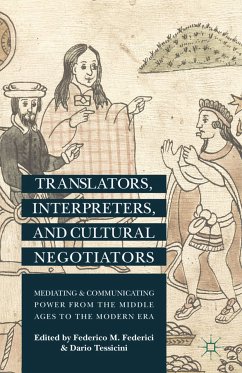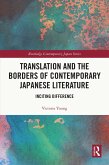Nakagami Kenji is today regarded as one of the most important and influential Japanese post-war writers. Born in 1946 in the burakumin ghetto of the small coastal town of Shingu in southern Wakayama prefecture, Nakagami sailed up as a rising star on the literary skies in the mid-seventies when he became the first writer born after the Second World War to win the prestigious Akutagawa prize. He was also the first writer of the burakumin background to receive wide literary acclaim and recognition from critics and from the literary establishment.
The reception of Nakagami's literature has placed him simultaneously both at the avant-garde of modern Japanese literature and near the nostalgic roots of Japan's literary origins. For while his engagement with the Japanese traditional narrative, the monogatari does indeed often seem to bring him disturbingly close to an almost reactionary nostalgia, fissures in his narrative - both in voice, structure, and theme - will at the same time dismantle this nostalgic return.
Focusing on one novel, Nakagami's masterpiece Kiseki (Miracles) from 1989, this study traces his pendulous movement from nostalgia to avant-garde and back again. At the heart of the study lies the concept of negotiation - a negoti ation of cultures, languages, and borders. Nakagami is a minority writing against the constraints of a language and literature that has throughout history contributed to the discrimination of his minority group. Facing this challenge head on, Nakagami engages the literary genres that lie at the root of this discrimination, thus laying bare the difficulties facing anyone trying to break free of the bonds of culture, history, and literature.
Dieser Download kann aus rechtlichen Gründen nur mit Rechnungsadresse in A, B, BG, CY, CZ, D, DK, EW, E, FIN, F, GR, H, IRL, I, LT, L, LR, M, NL, PL, P, R, S, SLO, SK ausgeliefert werden.









